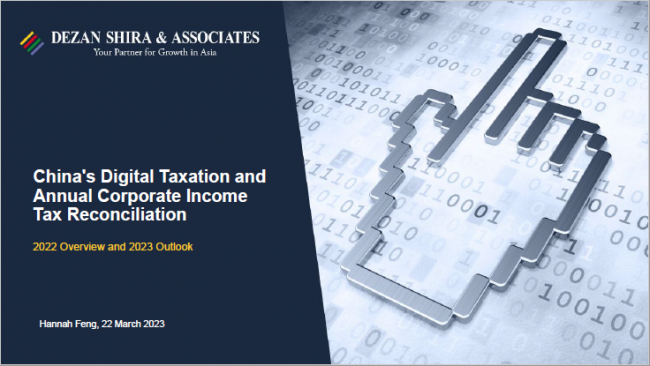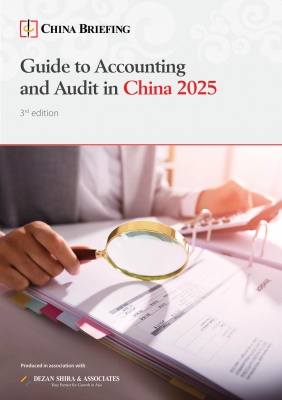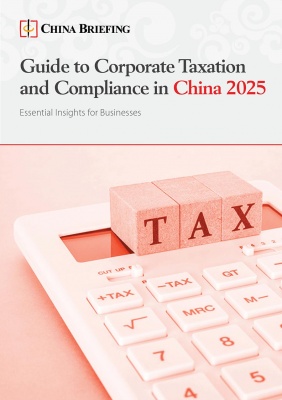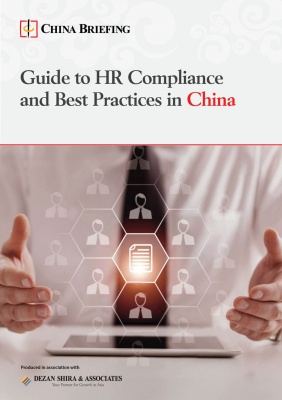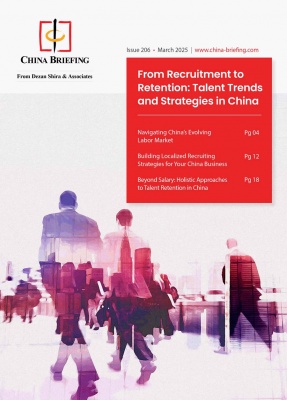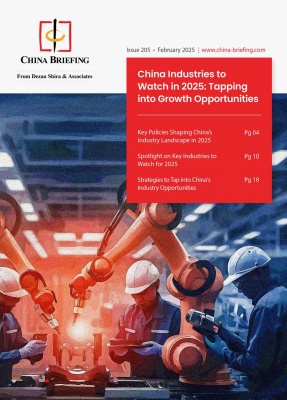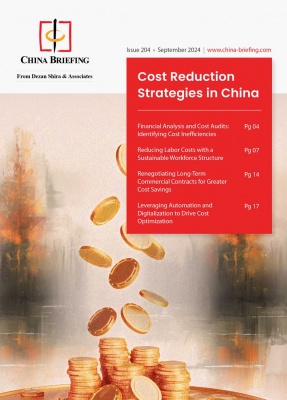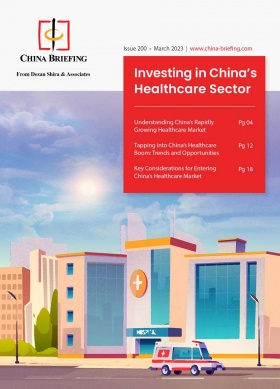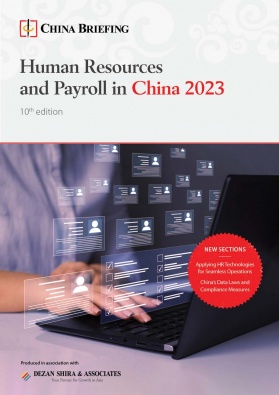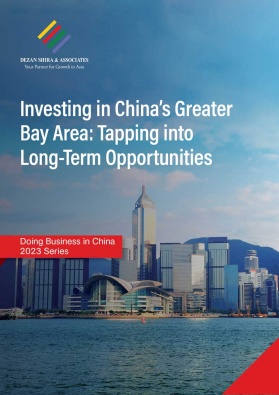Social Security in China: What a Foreign Company Needs to Know
By Amelia Tsui
Associate, Dezan Shira & Associates
According to the China Labour Bulletin, the current social welfare structure emerged after the abolishment of the “iron rice bowl” concept and the introduction of the “one child policy”. Doing away with the “iron rice bowl” left many Chinese without guaranteed employment, housing, healthcare and pension. Implementing the “one child policy” meant many parents were no longer able to rely on their multiple children to take care of them in their old age.
China’s current welfare system can be said to be a result of these two events. It is now up to companies (including foreign companies), instead of the government, to contribute to each employee’s social welfare.
Adam Livermore, Partner at Dezan Shira & Associates, comments that “the social security system in China is based upon guidelines issued by the central government, although the specifics and administration of the system is managed at the local level”. Due to the variation in regulations issued by different local governments, it can be confusing to determine how much a company should contribute to each employee. There are also many different factors to determine how much each employee is entitled to. For example, the amount to contribute may vary derepending on the employee’s Hukou, nationality, employment type (full-time/ part-time), and so on. As such, it is a good idea to consult an HR professional to ensure proper payment.
Five Categories of Social Security
Generally speaking, there are five distinct categories of the social security system that employers should be aware of: 1) Pension, 2) Medical Insurance, 3) Unemployment Insurance, 4) Maternity Insurance, and 5) Occupational Injury Insurance. Both the employer and employee contribute to each of the abovementioned categories, but at different percentages. For instance, in one category, an employer might have to contribute 21 percent, whilst the employee contributes eight percent. It should be noted that the employer usually also contributes for the employee, deducting the personal contribution amount from the employee’s monthly gross salary.
The amount of contribution in each category is then calculated by utilizing the employee’s payment base figure and multiplying it by different percentages required by each local government entity.
 RELATED: Human Resource Services from Dezan Shira & Associates
RELATED: Human Resource Services from Dezan Shira & Associates
Payment Base Figures
The payment base figure is calculated by taking the monthly average of each employee’s salary for last year. For new employees, the payment base figure is determined by the gross salary indicated in the labor contract. However, it is not as simple as that, because there are upper and lower limits that need to be taken into consideration (the calculation methods of these limits vary by city). Generally, to find the upper and lower limits, each local government releases the city’s average wage from the previous predetermined one year period. Each one year period can also vary by city. For example, Shanghai’s base figure is taken into effect in April, whereas Beijing’s is in July. Therefore, at this time, Shanghai has updated its 2015 base figure, but Beijing has not.
The previous year’s average wage is then multiplied by a certain percentage, which is also announced by local governments. The upper limit is in place to protect companies from having to contribute exorbitant amounts to a highly paid employee’s social security. The lower limit is in place to ensure employees with low wages are receiving a minimum amount of contributions to their social security plan.
To make things more complicated, there sometimes can be multiple upper and lower limits. For instance, Beijing has one upper limit calculation and three lower limit calculation options. This will be explained in further detail below.
Shanghai
Shanghai Municipal Human Resources and Social Security Bureau recently released the average wage for 2014, which was 5,451 RMB. This year, the Shanghai Human Resources Bureau promulgates that the upper limit is to be calculated by multiplying the average wage by 300 percent for the upper limit and multiplying the average wage by 60 percent for the lower limit.
The current Shanghai (April 1, 2015- March 31, 2016) upper and lower limits are calculated below:
Upper: 5,451*300%= 16,353 RMB
Lower: 5,451*60%= 3,271 RMB
For instance, a Shanghai company has an employee who makes an average of 25,000 RMB/ month, and another who makes an average of 2,500 RMB/ month. If the company is paying each employee’s pension (21 percent Employer contribution), instead of having to pay 5,250 RMB (25,000*21%) for the first employee, the company pays 3,434 RMB (16,353*21%). For the employee who makes 2,500 RMB/ month, the company has to use the lower limit of 3,271 RMB; thus contributing 686.9 RMB (3,271*21%) to the pension instead of 525 RMB (2,500*21%).
![]() RELATED: When not Paying Wages Constitutes a Crime in China
RELATED: When not Paying Wages Constitutes a Crime in China
Beijing
Beijing Municipal Human Resources and Social Security Bureau’s current average wage and payment base figure is from July 2014. The average wage from the one year period between July 2013 and June 2014 was 5,793 RMB. As a result, from July 1, 2014- June 30, 2015, the upper and lower limit base figures will be calculated using 5,793 RMB. The upper limit is also calculated by multiplying the average wage by 300 percent. In Beijing, however, there are three lower limit calculation options employers should be aware of. The three options are to multiply the average wage by 70 percent, 60 percent, and 40 percent. Each percentage corresponds to different categories of social insurance. To calculate an individual’s Pension, Unemployment Insurance, the 40 percent limit is used. To calculate the employee’s Medical Insurance, Occupational Injury Insurance, and Maternity Insurance, the 60 percent limit is used. The 70 percent limit can be ignored, unless there is self-employed Beijing citizen involved.
The current Beijing (July 1, 2014- June 30, 2015), upper and lower limits are calculated below:
Upper: 5,793*300%= 17,379 RMB
Lower 1: 5,793*70%= 4,055 RMB
Lower 2: 5,793*60%= 3,476 RMB
Lower 3: 5,793*40%= 2,317 RMB
For example, using the same scenario as above, just switching out the Shanghai Company for a Beijing company:
To calculate the contribution amount for an individual’s pension, an employee who makes an average of 25,000 RMB/ month is entitled to 3,649.6 RMB (17,379*21%) instead of 5,250 (25,000*21%). An employee who earns an average of 2,500 RMB/ month would receive 525 RMB (2,500*21%).
Fuki Fu, Senior Human Resources Associate at Dezan Shira & Associates in Shanghai emphasizes that “figuring out how much to contribute to an employees’ social security can be quite a daunting feat. Even between first-tier cities, where regulations tend to be more structured, there are drastic differences and many small details that need to be noted”.
For more detailed information on the social security contribution system in your location, please contact the experts at Dezan Shira & Associates at china@dezshira.com.
|
Asia Briefing Ltd. is a subsidiary of Dezan Shira & Associates. Dezan Shira is a specialist foreign direct investment practice, providing corporate establishment, business advisory, tax advisory and compliance, accounting, payroll, due diligence and financial review services to multinationals investing in China, Hong Kong, India, Vietnam, Singapore and the rest of ASEAN. For further information, please email china@dezshira.com or visit www.dezshira.com. Stay up to date with the latest business and investment trends in Asia by subscribing to our complimentary update service featuring news, commentary and regulatory insight. |
![]()
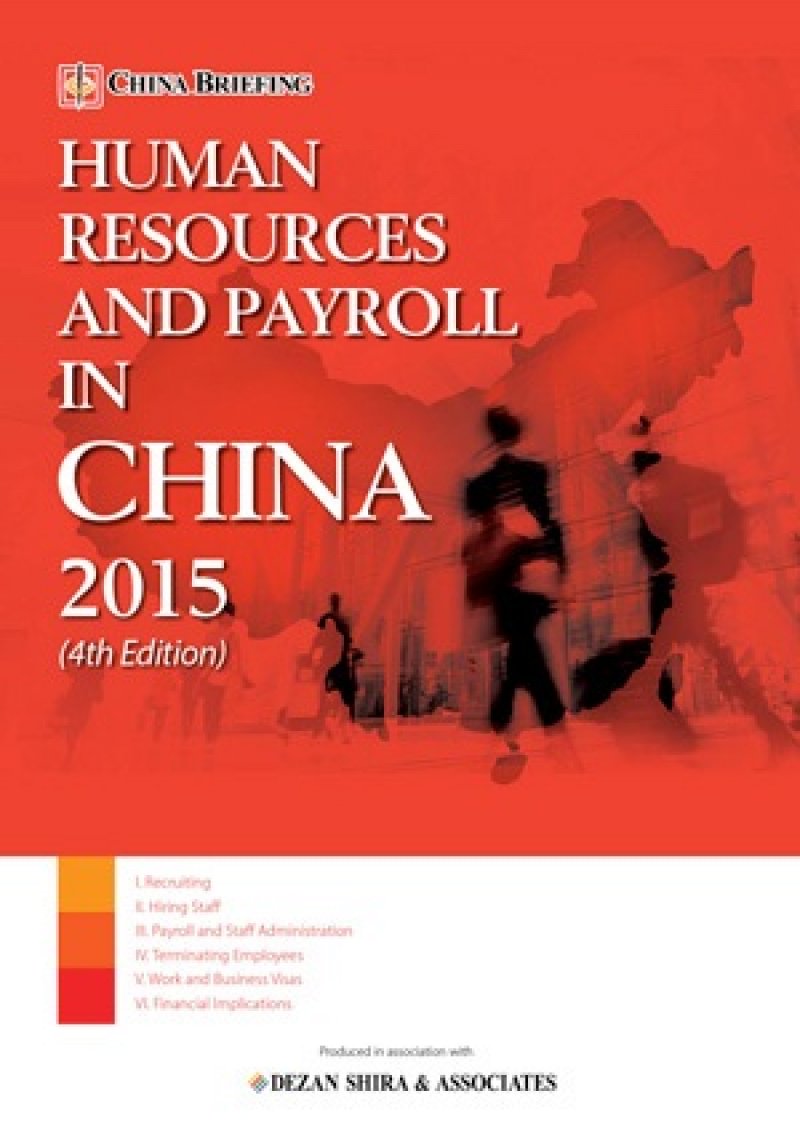 Human Resources and Payroll in China 2015
Human Resources and Payroll in China 2015
This edition of Human Resources and Payroll in China, updated for 2015, provides a firm understanding of China’s laws and regulations related to human resources and payroll management – essential information for foreign investors looking to establish or already running a foreign-invested entity in China, local managers, and HR professionals needing to explain complex points of China’s labor policies.
 Employing Foreign Nationals in China
Employing Foreign Nationals in China
In this issue of China Briefing, we have set out to produce a guide to employing foreign nationals in China, from the initial step of applying for work visas, to more advanced subjects such as determining IIT liability and optimizing employee income packages for tax efficiency. Lastly, recognizing that few foreigners immigrate to China on a permanent basis, we provide an overview of methods for remitting RMB abroad.
 Social Insurance in China
Social Insurance in China
In this issue of China Briefing Magazine, we introduce China’s current social insurance system and provide an update on the status of foreigners’ participation in the system. We also include a comprehensive chart of updated average wages across China, which is used to calculate social insurance contribution floors and ceilings. We hope this will give you a better understanding of the system in China.
- Previous Article What the China GDP Figure Isn’t Telling You
- Next Article The New Free Trade Zones Explained, Part I: Guangdong









